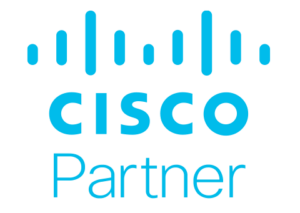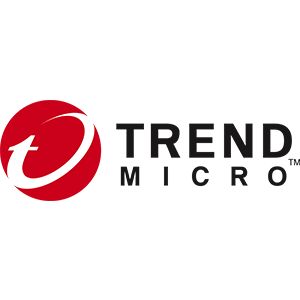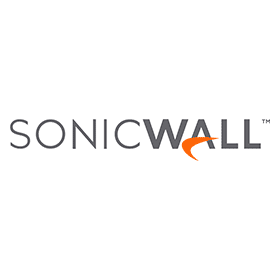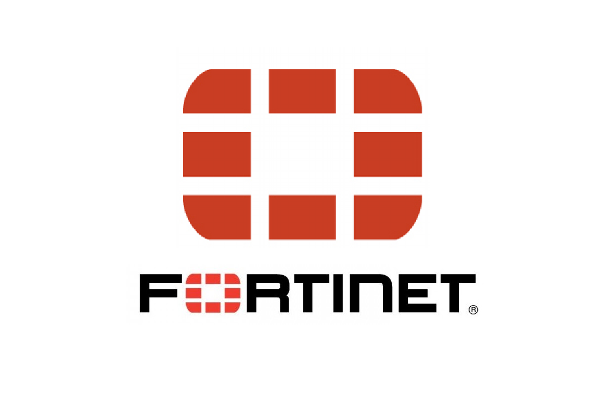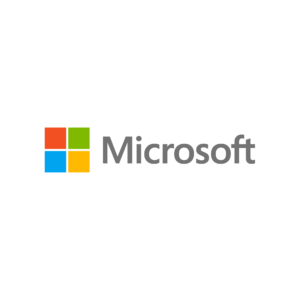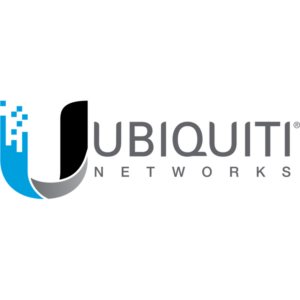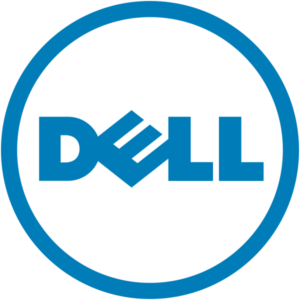A criminal needs to conduct only ONE successful attack to get rich.
Your business has to be protected against attacks all the time.
Technology will help. We will help you to choose the right technology.
We can do as little or as much as you wish. We offer:
BP2
Philosophy
IT Engineering Services
IT - Business
Alignment
IT Support & Help Desk
User Training
SD-WAN & Network Management
Backup, Disaster Recovery
Identity
& Access Management
Vulnerability Assessment & Management
360° Protection Bundle
Advanced Endpoint Security
Security Monitoring
Remote Access
Digital Surveillance
In today’s world, one of the biggest threats facing small businesses is cyber attacks. These attacks can cause significant damage to a business’s reputation, customer base, and revenue streams. Therefore, implementing better cybersecurity measures can benefit small businesses in numerous ways.
Better cybersecurity reduces the risk of data breaches. Small businesses often handle sensitive information such as financial records, customer personal details, and intellectual property. In the event of a data breach, a small business could be held legally accountable for damages caused to its customers or business partners. Better cybersecurity helps prevent such security threats by reducing the risk of unauthorized access to sensitive data.
Implementing better cybersecurity measures helps to protect against ransomware attacks. Ransomware attacks occur when cybercriminals compromise a company’s data and demand a ransom payment before releasing it. With proper cybersecurity measures in place, small businesses can significantly reduce the risk of falling victim to these attacks, protecting their finances, intellectual property, reputation and operations.
Better cybersecurity helps to build trust with customers. Implementing cybersecurity measures not only protects the business from financial losses, but it also shows customers that the business takes their information and privacy seriously. This trust, in turn, leads to customer loyalty and increased business revenue.
In conclusion, small businesses can benefit greatly from implementing better cybersecurity measures. By reducing the risk of data breaches, protecting against ransomware attacks, and building trust with customers, small businesses can improve their financial performance, safeguard intellectual property, and reduce legal liability.
Advanced endpoint security refers to a set of measures designed to secure devices such as laptops, desktop computers, mobile phones, and other smart devices from different types of cyber threats. These measures go beyond traditional antivirus software and firewall protection, and include features such as behavioral analysis, machine learning algorithms, and threat intelligence to detect and prevent sophisticated attacks. Advanced endpoint security solutions are designed to protect both the device and the network it connects to by identifying and isolating potential security breaches before they can cause significant damage.
Backup is an essential component of cyber security. In the event of a cyber attack or data breach, having a secure and reliable backup system will help organizations recover lost data and minimize the impact of the attack. Backup systems should be designed to prevent unauthorized access, encryption, and deletion of data, ensuring that critical information remains available even if an attack occurs. Therefore, backup is an integral part of an organization’s cybersecurity strategy.
Threat intelligence is a process of collecting, analyzing, and disseminating information about potential or active cyber threats to an organization’s infrastructure or assets. This information is used by security teams to stay ahead of potential attacks, mitigate risk, and protect against known and unknown threats.
Benefits of implementing a treat intelligence include:
Early detection of threats: Threat intelligence helps organizations detect threats early on, allowing them to take proactive measures to mitigate potential damage.
Better decision-making: By providing up-to-date information on threat actors, tactics, techniques, and procedures, threat intelligence enables organizations to make informed decisions about their security posture and response strategy.
Protection against cyber attacks: Threat intelligence will help to prevent cyber attacks by identifying vulnerabilities and potential attack vectors.
Improved incident response: With threat intelligence, organizations can respond quickly and effectively to security incidents, reducing their impact on business operations and brand reputation.
Compliance: Many industries are subject to regulatory compliance requirements that include cybersecurity standards. Threat intelligence can help organizations to meet these requirements by keeping them up-to-date on the latest threats and vulnerabilities.
In summary, threat intelligence provides organizations with the necessary tools and knowledge to anticipate, detect, and respond to emerging security threats to ensure continued business operations and protection of sensitive data.
Two-factor authentication (2FA) is an advanced security measure that involves using two different methods of authentication to verify the identity of a person, user, or system. The two factors typically involve something you know (like a password or PIN) and something you have (like a smartphone, hardware token, or biometric scanner).
2FA adds an extra layer of protection against cyber attacks, identity theft, and unauthorized access to sensitive information or systems. It makes it more difficult for hackers to gain access to your accounts or devices, even if they have your password, because they would also need to have access to your physical device or biometric data.
Overall, 2FA is very important because it provides an additional level of security to help protect your personal, financial, and business information from being compromised. It is recommended to use 2FA wherever possible to reduce the risks of cyber threats and to protect your privacy.
Ransomware is a type of malicious software that encrypts files on a victim’s computer or network and demands payment in exchange for the decryption key. The ransom typically needs to be paid in cryptocurrency such as Bitcoin or Ethereum, making it difficult to trace the perpetrators.
- To prevent ransomware attacks, individuals and organizations can take several measures, including:
- Keeping software, operating systems, and security solutions up to date.
- Implementing a regular backup strategy and storing backups offline or in the cloud.
- Using strong passwords and enabling two-factor authentication.
- Educating employees about phishing scams and how to avoid clicking on suspicious links or opening unknown attachments.
- Using anti-virus and anti-malware products, which quickly identify and isolate infected computers
Some of the ransoms known to have been paid include:
- Colonial Pipeline: $4.4 million (May 2021)
- JBS Foods: $11 million (June 2021)
- University of California, San Francisco: $1.14 million (June 2020)
- Travelex: $2.3 million (January 2020)
- Garmin: $10 million (July 2020)
It is important to note that paying the ransom does not guarantee the return of the data, and it also encourages further attacks by providing incentives for cybercriminals. Therefore, prevention measures are crucial to protecting against ransomware attacks.
Vulnerability assessment is a process of identifying the weaknesses and vulnerabilities in a system, network, or application that could be exploited by an attacker. The assessment involves identifying potential security risks, analyzing their likelihood, and determining the potential impact they may have on the system.
Vulnerability management is the process of identifying, prioritizing, and addressing vulnerabilities in a system, network or application. This involves carrying out remedial actions to address the vulnerabilities identified during the vulnerability assessment process. These actions can include software patching, reconfiguration, updates, and upgrades to ensure that the system remains secure.
Overall, vulnerability assessment and management are critical components of a comprehensive security framework designed to safeguard data, systems, and networks from cyber threats. By proactively identifying and addressing vulnerabilities, organizations can significantly reduce the risk of data breaches and other security incidents.
Identity and Access Management (IAM) is a set of technologies, policies, and processes used to manage and secure digital identities and their associated access rights. The main objective of IAM is to ensure that only authorized individuals can access sensitive information or resources.
IAM involves a variety of administrative tasks, including identity provisioning, authentication, authorization, and privilege management. It also includes techniques for managing user accounts, roles and permissions, and identity federation across multiple systems and applications.
In short, IAM is a framework for managing the lifecycle of digital identities with an emphasis on security, privacy, and compliance. Its purpose is to help organizations control access to information and resources while making it easier for users to access what they need in a secure manner.
Disaster recovery refers to the process of restoring IT systems, infrastructure, and operations after a catastrophic event. It involves restoring critical business functions, processes, and data to their pre-disaster state or a new state that meets the organization’s needs. The goal of disaster recovery is to minimize the impact of the disruption on the organization’s operations, customers, and employees.
This process typically involves developing a disaster recovery plan that outlines the steps necessary to resume business operations in the event of a disaster. This plan includes strategies for data backup and recovery, communication, testing procedures, and the identification of critical business processes and resources.
Disaster recovery may involve various technical solutions such as backup generators, cloud-based services, redundancy, and failover systems. Additionally, it may involve a team of trained personnel who are responsible for executing the disaster recovery plan and communicating with stakeholders.
By having a disaster recovery plan in place, organizations can mitigate the negative impacts of unexpected events like natural disasters, cyber-attacks, extended power outages, and other disruptions. It helps to ensure that critical systems and applications are back up and running as quickly and efficiently as possible, minimizing revenue losses, and ensuring business continuity.
ZTNA, or Zero Trust Network Access, is a security model that allows users to access applications and data without having to connect to a traditional corporate network using a VPN. In simple terms, ZTNA assumes that no user or device should be trusted and verifies each request for access to ensure that only authorized users are granted access to specific resources, regardless of where the request is coming from.
The ZTNA model works by providing users with access to specific applications and data on a need-to-know basis. This means that users are only granted access to the resources they require to perform their job functions, and nothing else. Each access request is authenticated and verified, and access is granted only if the user is authorized and meets the necessary security requirements.
ZTNA also uses multiple layers of security to protect against threats, including encryption, multi-factor authentication, and continuous monitoring for any suspicious activity.
Remote access is important because it allows employees to work from anywhere, thus increasing flexibility and productivity. Additionally, it reduces the need for physical office space and equipment, resulting in cost savings for businesses.
However, remote access can also pose significant security risks if not properly secured. Here are some ways to secure remote access:
- Use strong authentication methods such as two-factor authentication and biometric authentication.
- Use a VPN (Virtual Private Network) to create secure connections between remote devices and the company’s network.
- Implement firewalls and antivirus software on all remote devices.
- Regularly update software and firmware on remote devices to prevent known security vulnerabilities.
- Use encryption to protect sensitive data in transit.
- Limit remote access only to necessary personnel.
- Conduct regular security audits to identify potential vulnerabilities and address them accordingly.
By following these steps, companies can ensure that their remote access systems are secure and minimize the risk of data breaches and cyber attacks.
Lan-Mark is an authorized reseller for several top-rated technology leaders in the cybersecurity and IT infrastructure field. It is easy to spend a lot of money to solve a problem. Achieving practically the same results but with a limited budget requires skills. As experienced IT professionals, we are able to fulfill your IT needs at a reasonable cost. It does not mean that we choose the cheapest solutions. We simply prefer our BP2 philosophy.
Lan-Mark
PMB 444
5-200 Green Line East
East Gwillimbury, ON
L9N-0Z7
Canada


